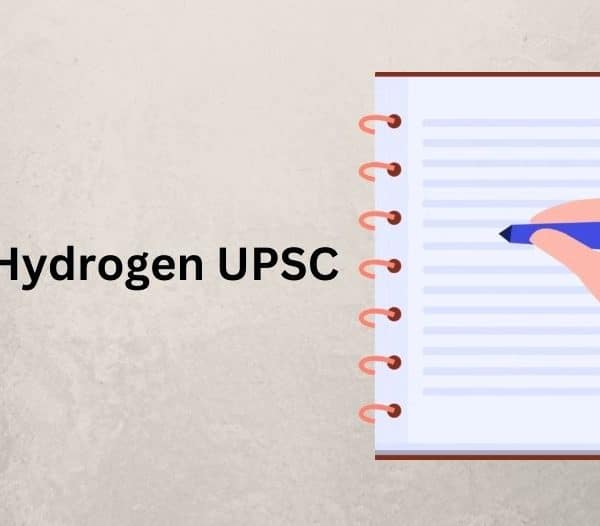UPSC Gujarati Literature Optional Subject Syllabus: Here’s All You should Know

UPSC Gujarati optional subject is a widely chosen optional by many UPSC aspirant, each year. Are you also the one who is thinking about choosing it as your optional subject? Then the first step toward this should be knowing and understanding the UPSC Gujarati literature syllabus.
This optional subject has two parts, Paper 1 and Paper 2. The syllabus is short and very well defined making it an easy and good optional for aspirants having good command over the Gujarati language.
UPSC Gujarati Literature Syllabus
UPSC Gujarati literature syllabus carries 500 marks distributed in two papers of 250 marks each in UPSC CSE Mains.
PAPER-I
(Answers must be written in Gujarati)
Section-A
Gujarati Language: Form and history
- History of Gujarati Language with special reference to New Indo-Aryan i.e. last one thousand years.
- Significant features of the Gujarati language: Phonology, morphology and syntax.
- Major dialects: Surti, Pattani, charotari and Saurashtri.
History of Gujarati Literature Medieval :
- Jaina tradition
- Bhakti tradition: Sagun and Nirgun (Jnanmargi)
- Non-sectarian tradition (Laukik parampara)
Modern
- Sudharak yug
- Pandit yug
- Gandhi yug
- Anu-Gandhi yug
- Adhunik yug
Also Read: Which Optionals Give Maximum Selections Every Year? Check This Before Selecting
Section-B
Literary Forms : (Salient features, history and development of the following literary forms):
(a) Medieval
- Narratives: Rasa, Akhyan and Padyavarta
- Lyrical: Pada
(b) Folk
- Bhavai
(c) Modern
- Fiction: Novel and short story
- Drama
- Literary Essay
- Lyrical Poetry
(d) Criticism
- History of theoretical Gujarati criticism
- Recent research in the folk tradition.
PAPER-II
(Answers must be written in Gujarati)
The paper will require first-hand reading of the texts prescribed and will be designed to test the critical ability of the candidate.
Section-A
- Medieval
(i) Vasantvilas phagu-AJNATKRUT
(ii) Kadambari-BHALAN
(iii) Sudamacharitra-PREMANAND
(iv) Chandrachandravatini varta-SHAMAL
(v) Akhegeeta-AKHO
- Sudharakyug & Pandityug
(vi) Mari Hakikat-NARMADASHANKAR DAVE
(vii) Farbasveerah- DALPATRAM
(viii) Saraswatichandra-Part-I GOVARDHANRAM TRIPATHI
(ix) Purvalap- ‘KANT’ (MANISHANKAR RATNAJI BHATT)
(x) Raino Parvat-RAMANBHAI NEELKANTH
Section-B
- Gandhiyug & Anu Gandhiyug
(i) Hind Swaraj-MOHANDAS KARMACHAND GANDHI
(ii) Patanni Prabhuta- KANHAIYALAL MUNSHI
(iii) Kavyani Shakti- RAMNARAYAN VISH-WANATH PATHAK
(iv) Saurashtrani Rasdhar Part 1- ZAVERCHAND MEGHANI
(v) Manvini Bhavai-PANNALAL PATEL
(vi) Dhvani-RAJENDRA SHAH
- Adhunik yug
(vii) Saptapadi-UMASHANKAR JOSHI
(viii) Janantike- SURESH JOSHI
(ix) Ashwatthama- SITANSHU YASHASCHANDRA
Conclusion
Gujarati is a good choice of optional for aspirants having more than average knowledge of the language. There are plenty of books and study material available for this subject thus making it very easy for aspirants to choose and master this paper.
So, what’s your strategy to approach this subject? Have you chalked out a plan yet? Well you can always take help of our expert personal mentors and see yourself cracking the upcoming UPSC exam with ease. So what are you waiting for? Enroll today!







Glad I came across this to be honest. I’m liking the knowledge mate.
Hello 🙂 Your post is very brilliant and fascinated, I like the idea and conception.